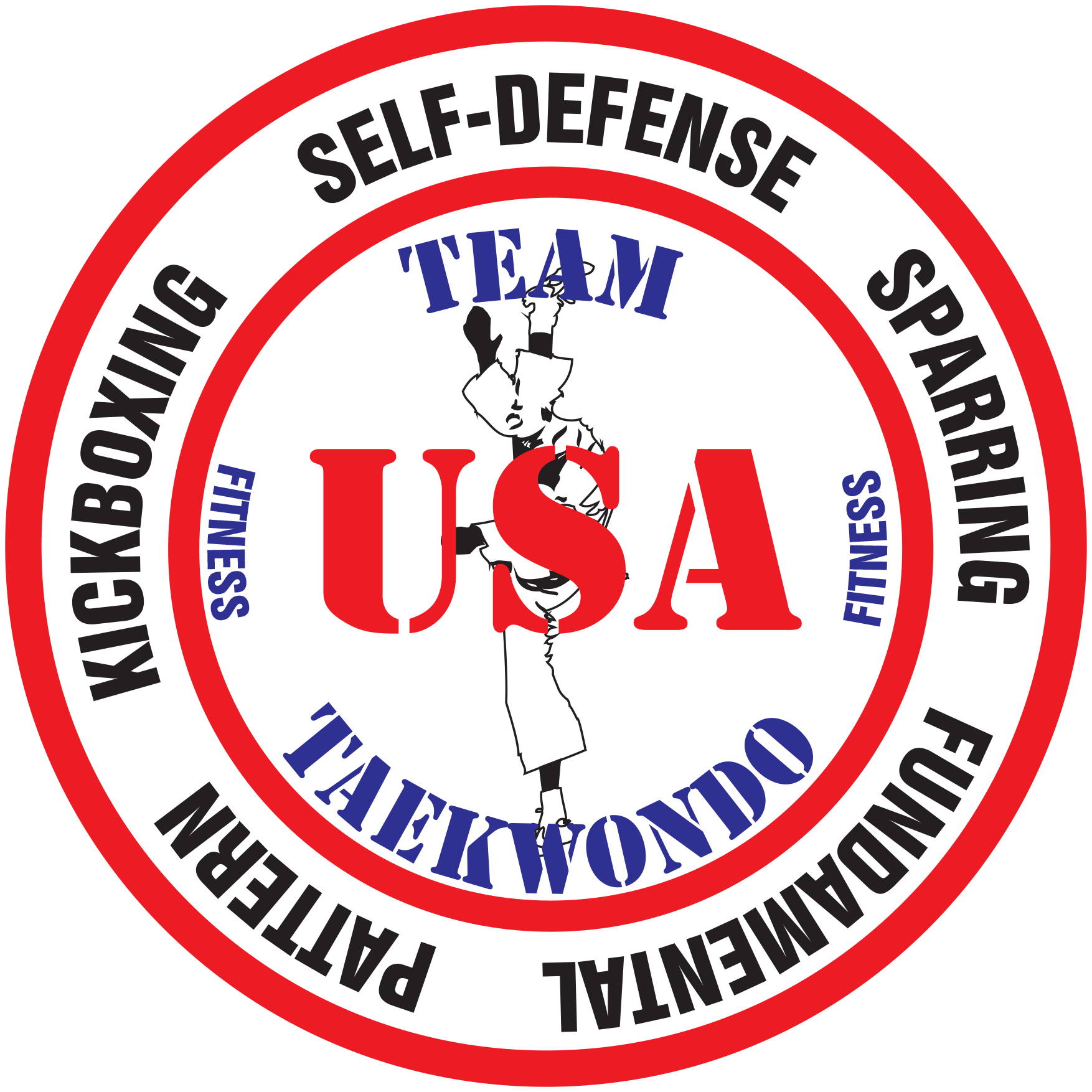What is Taekwon-Do? …and Where Does it Come From?
Taekwon-Do is the Korean martial art designed for the purpose of self-defense and un-armed combat. It is translated as ‘TAE” – flying or jumping kick with the foot; “KWON”- to punch or destroy with the hand; and, “DO” – an art or way.
When Grandmaster General Choi Hong Hi (The Father of Modern Taekwon-Do) was a company commander in the fledgling Republic of Korea army, he began to teach Japanese Karate to his soldiers as a means of physical and mental training. It was then that he realized that the Koreans needed to develop their own national martial art, superior in both spirit and technique to Karate. With this in mind, he began to develop new techniques systematically. By the end of 1954 he had nearly completed the foundation of a new martial art for Korea, and on April 11, 1955, it was given the name “Taekwon-Do”.
Although the origins of the martial arts on a whole are shrouded in mystery, we consider it an undeniable fact that from time immemorial there have been physical actions involving the use of the hands and feet for purpose of self-protection. If we were to define these physical actions as “Taekwon-Do”, any country might claim credit for inventing Taekwon-Do. There is, however, scant resemblance between Taekwon-Do, as it is practiced today, and the crude forms of unarmed combat developed in the past.
Modern Taekwon-Do differs greatly from other martial arts. In fact, no other martial art is so advanced with regard to the sophistication and effectiveness of its technique or the over-all physical fitness it imparts to its practitioners.
Since the theories, terminology, techniques, systems, methods, rules, practice suit, and spiritual foundation were scientifically developed, systematized, and named by General Choi, it is an error to think of any physical actions employing the hand and feet for self-defence as Taekwon-Do. Only those who practice the techniques based on General Choi’s theories, principles and philosophy are considered to be students of genuine Taekwon-Do.
On the spiritual level, Taekwon-Do is derived from the traditional, ethical and moral principles of the orient and, of course, from General Choi’s personal philosophy. The physical techniques of Taekwon-Do are based on the principles of modern science, in particular, Newtonian physics which teaches us how to generate maximum power. Military tactics of attack and defense have also been incorporated.
Although Karate and Taek Kyon were used as references in the course of study, the fundamental theories and principles of Taekwon-Do are totally different from those of any other martial art in the world.
General Choi formulated the following basic ideals for the Taekwon-Do practitioners:
By developing an upright mind and a strong body, we will acquire the self-confidence to stand on the side of justice at all times;
We shall unite with all men in a common brotherhood, without regard to religion, race, national or ideological boundaries;
We shall dedicate ourselves to building a peaceful human society in which justice, morality, trust and humanism prevail;
The spiritual dimensions of Taekwon-Do can be defined as fusing oneself with the ideals of Taekwon-Do and attaining and understanding the full meaning of each of the Taekwon-Do patterns. If we consider ourselves as one with Taekwon-Do, we will respect it as we respect our own bodies and Taekwon-Do will never be used in a dishonorable way.
The names of the patterns are derived from the most illustrious people to have been produced by nearly five thousand years of Korean history. A proper understanding of the patterns leads, inevitably to the realization that Taekwon-Do is a martial art to be used only for self-defense and only in the cause of justice.
